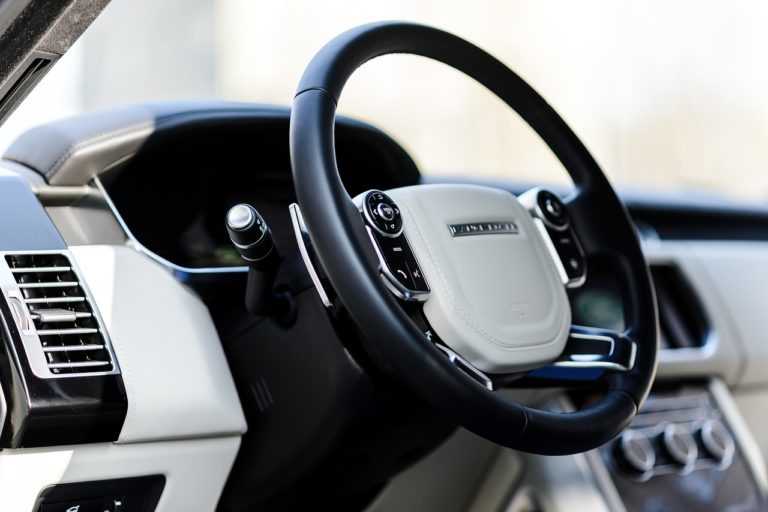If you drive for years, you might see many car wrecks. Hopefully, you can avoid them. You’ll probably see some of the different kinds that can take place.
You might see a head-to-head car wreck. That’s often the deadliest kind. You may see a sideswipe collision or a T-bone car crash.
In this article, though, we will discuss rear-end car wrecks. Rear-end crashes can severely injure passengers or drivers, so you should know how they occur and how to avoid getting into one.
4 Ways Rear-End Crashes Occur and How You Can Avoid One
What Does a Rear-End Car Crash Resemble?
First, let’s make sure you understand this term. A rear-end car wreck occurs when a vehicle hits another car from behind. The rear vehicle’s front bumper hits the car’s rear bumper ahead of it.
Sometimes, the rear car barely taps the front car’s rear fender. That’s when you might hear the term fender bender.
Many times, those accidents don’t cause any injuries. It’s when the rear car hits the front vehicle with more force that you might get serious injuries or even deaths.
An Additional Danger
You should also know that sometimes, rear-end crashes can cause chain-reaction accidents. If that happens, a car hitting another vehicle from behind pushes that car forward. It can hit another vehicle ahead if the driver can’t stop that forward momentum.
You might occasionally see a situation where the car that hits the vehicle ahead propels that vehicle forward and into an intersection. The car that moved forward might get hit by a vehicle crossing through the intersection, causing a T-bone collision.
As you might imagine, that’s a situation where you might see a serious injury or even some deaths, depending on how hard the car moving through the intersection hits the other vehicle broadside. If the vehicle crossing through the intersection hits the other vehicle hard enough, it might even flip it over.
How Do These Accidents Usually Happen?
If you look at some different car accident varieties, you can usually see patterns. These patterns show you the driver behaviors that cause these wrecks.
With rear-end crashes, often, the rear driver tailgates the driver up ahead. In other words, that driver rides the front car’s bumper. They don’t maintain a safe distance, and when the driver up ahead stops, the rear driver hits them from behind.
This might happen if the front driver brake-checks the rear driver. They might see the rear driver riding their bumper and decide they’ll teach them a lesson.
How Else Might a Rear-End Collision Happen?
There’s one more common reason why rear-end collisions happen. That’s because the driver in the rear car lets something distract them.
They might use their smartphone and send a text message. They might call someone. They may receive a text message or call instead and pick up their phone, not seeing the front car when it stops.
The rear driver might let a billboard or the radio distract them. They might let a child in the backseat distract them or a passenger sitting beside them.
Any time distracted driving takes place, you’re risking a rear-end collision. That is why you must keep your eyes on the road.
How Can You Avoid These Accidents?
Simply put, you can avoid these accidents more times than not by avoiding the behaviors we’ve mentioned. If you’re the rear driver, don’t let anything distract you. Even if you take your eyes away from the road momentarily, you might hit the car ahead if they stop suddenly for some reason.
The other two behaviors, tailgating and brake-checking, can cause problems as well. Don’t do either one. If you’re driving behind another driver, give the car ahead some space. You should not ride their rear bumper since that might make them nervous or angry.
If you see a car riding your bumper, don’t brake-check them, at least not intentionally. You might feel like you’ll teach them a lesson if you do that, but if they hit your car, they can injure you. Then, you can only blame yourself.
If you cause a rear-end collision or if a car hits you from behind, get off the road if you can. If you’re hurt, then call for an ambulance. Even if you seem unharmed, call the police so they can come and take your statement.
Don’t ever drive off if a car hits you or you strike another vehicle. That’s a felony, and a judge might take your license if you do it.





